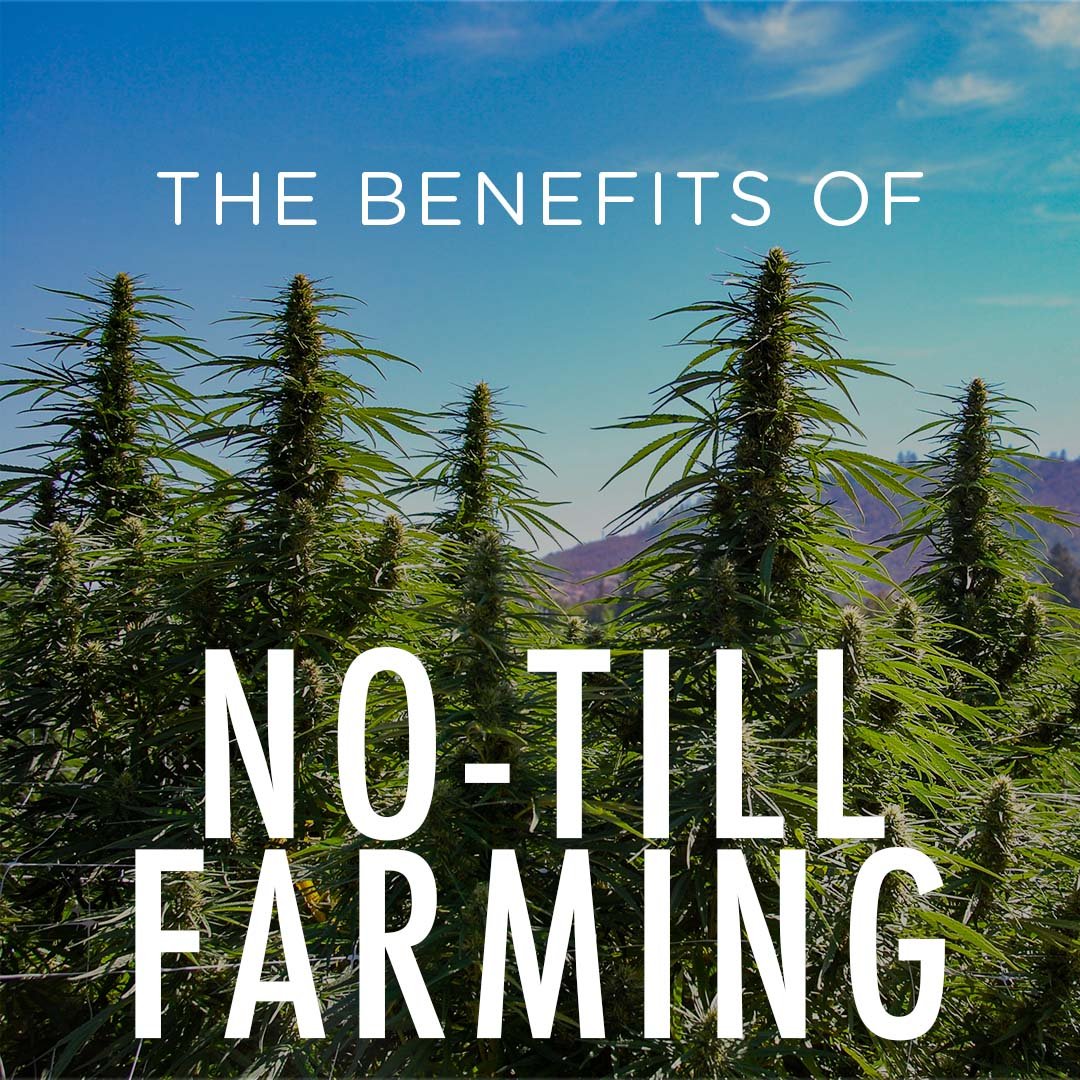Benefits of No-Till Farming
Did you know VIVA’s farm uses only the most natural methods of farming?
From natural fertilizers to no-till methods of preparing the ground, we keep it as clean and natural as we possibly can. But what benefits do these methods actually provide for our plants and the planet? Let’s talk about it.
“Tilling” is the act of churning the top layer of soil (usually done with a plow) in order to help control weeds and aerate the soil, but it usually results in the loss of soil (erosion) and the loss of the layers of nutrients already in it. It also releases greenhouse gases trapped in the soil, which does nothing but contributes to the climate crisis.
According to the USDA, “No-till adoption also reduces soil erosion, increases soil biological activity and increases soil organic matter.”
Soil erosion is prevented by the plant residue (old crops and weeds) still left in the soil, which holds the dirt down. These old plants and weeds are naturally fed back into the soil, which break them down and turn them into more nutrients for other plants.
Here you can see the weeds and other native plants still growing around ours!
No-till practices can be economically better, too. Less work means less money spent! And less money spent on gas for machines, which also means a healthier planet as well as bank account.
But what are the soil-health benefits exactly?
No-till fields have been shown to hold way more water than fields continuously plowed and tilled every year.
This is especially great for drier areas more prone to droughts (kind of like Southern Oregon, where our farm is). Since cannabis is a plant that needs a lot of water, this is a great way to ensure the plants get as much water as possible while ensuring the earth stays as healthy as possible.
Cannabis is also known as a “bioremediation crop” because of its strong ability to absorb and store heavy metals, and “can remove heavy metal substances from substrate soils and keep these in its tissues by means of its bio-accumulative capacity” (Zheng et. al).
So in this way, cannabis can help the farmland recover from years of tainted fertilization from previous crops.
Have any questions on how we grow? Let em rip!
Sources:
Creech, Elizabeth. Natural Resources Conservation Service in Conservation.
Saving Money, Time and Soil: The Economics of No-Till Farming. Nov 30, 2017
https://www.usda.gov/media/blog/2017/11/30/saving-money-time-and-soil-economics-no-till-farming
Zheng, Zhonghua. Fiddes, Kelsey & Yang, Liangcheng. A narrative review on environmental impacts of cannabis cultivation. Journal of Cannabis Research. 06 August, 2021. https://jcannabisresearch.biomedcentral.com/articles/10.1186/s42238-021-00090-0




